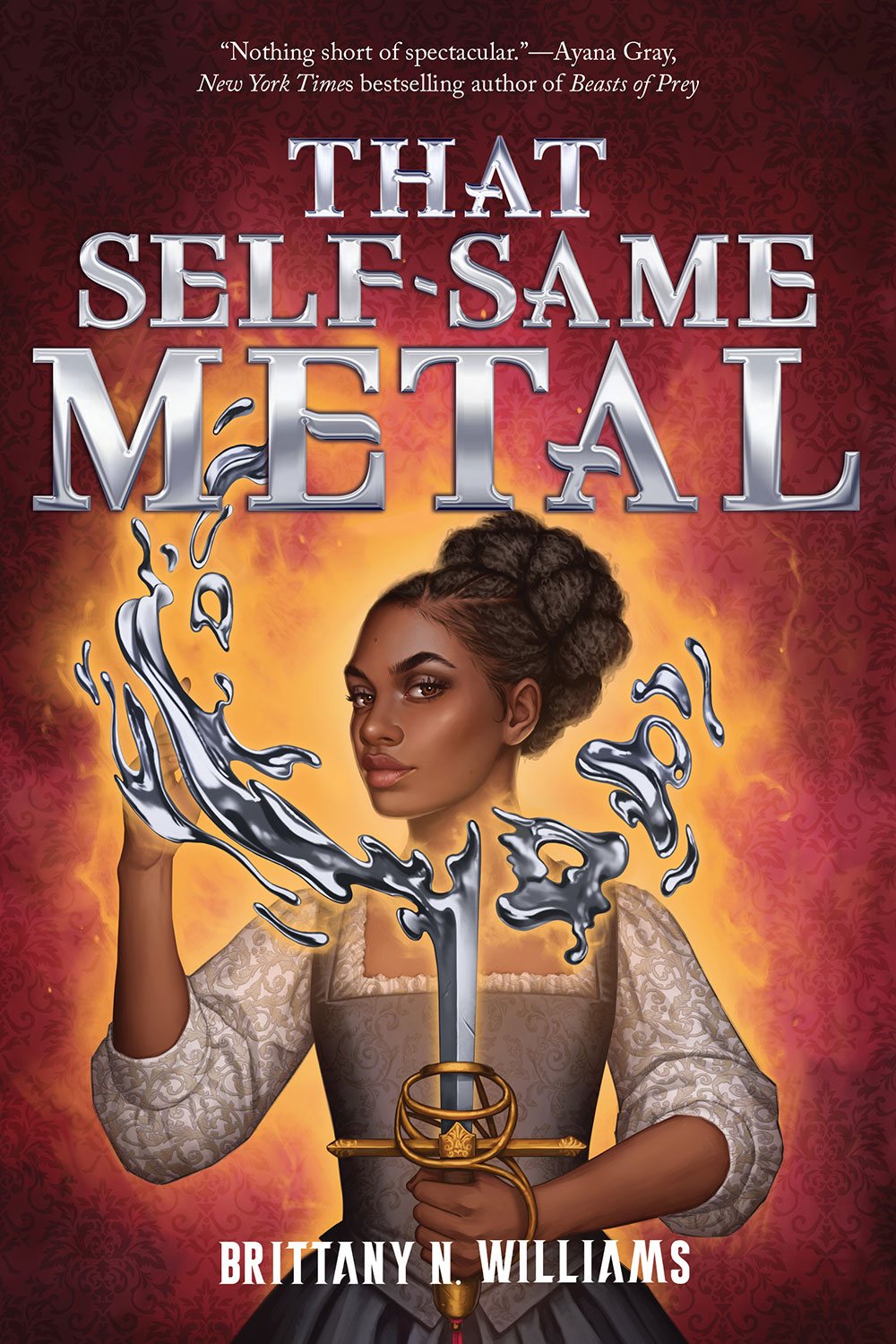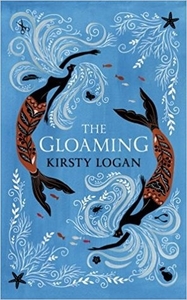Bookshop.org Affiliate Link At the age of sixteen, Joan Sands possesses exceptional craftsmanship skills that she employs to create and maintain the stage blades for The King’s Men, a theatrical troupe led by William Shakespeare. Joan’s remarkable blade-crafting ability is rooted in her magical power to manipulate metal, bestowed upon her by her guiding deity,Read More
Sash S reviews The Gloaming by Kirsty Logan
“Let the sea take it.” The Gloaming begins with jellyfish washing up near a cliff by the sea, on an island where the residents die slow deaths by turning to stone. It’s a sad, strange and beautiful scene, just one of many sprinkled throughout this novel. Our protagonist is Mara, who falls in love with Pearl,Read More
Meagan Kimberly reviews “Every Exquisite Thing” by Cassandra Clare and Maureen Johnson
This story is part of a collection called Ghosts of the Shadow Market, another installment that takes place in Clare’s Shadowhunter universe. For those unfamiliar with this world, the short version is this: A race of people with angel blood running through their veins, known as children of the Nephilim, keep demons at bay workingRead More


